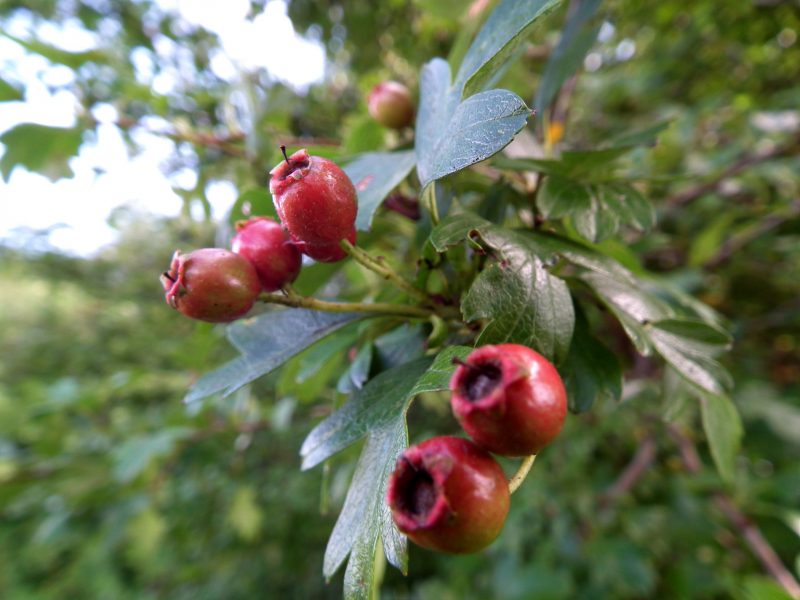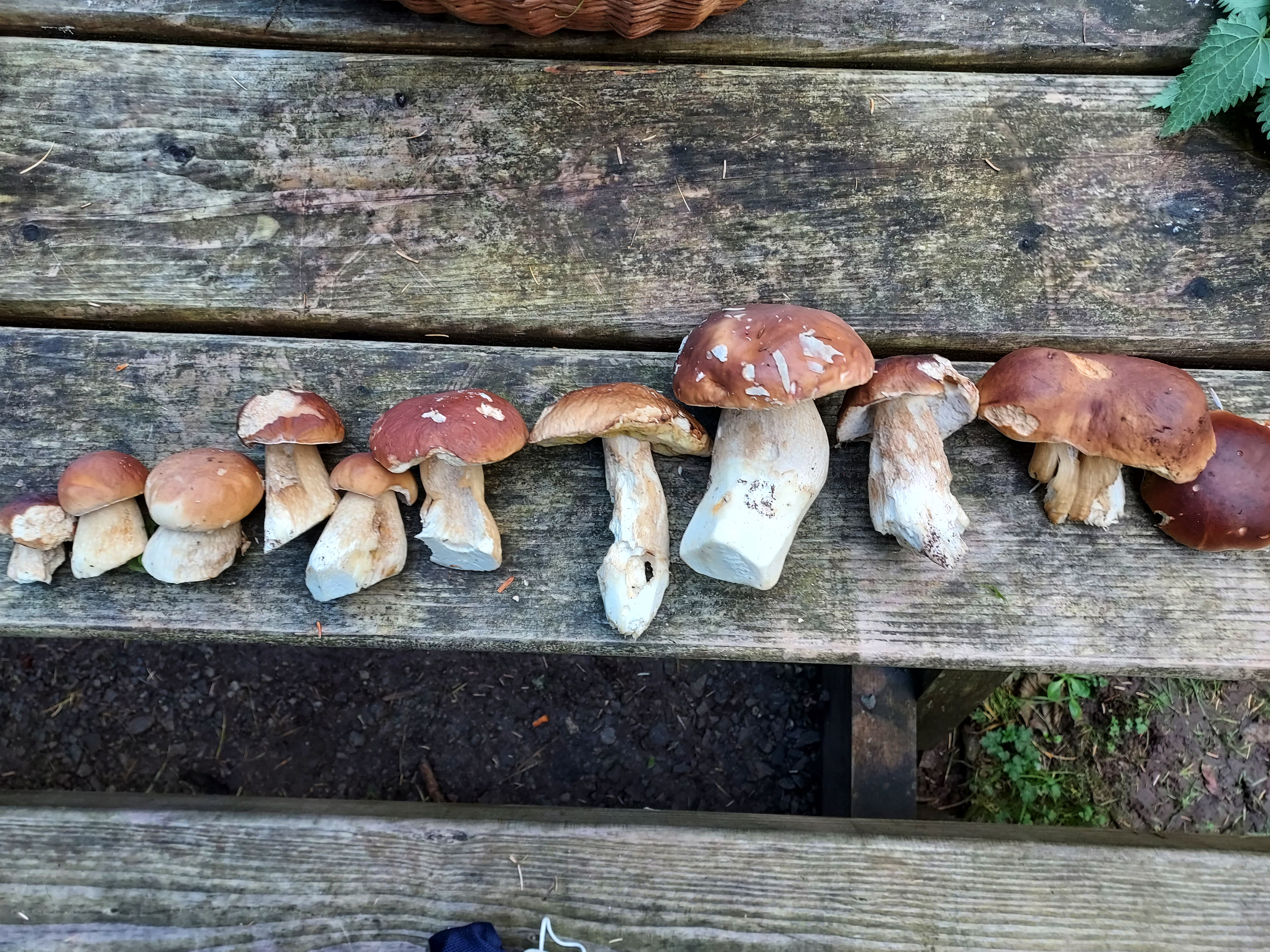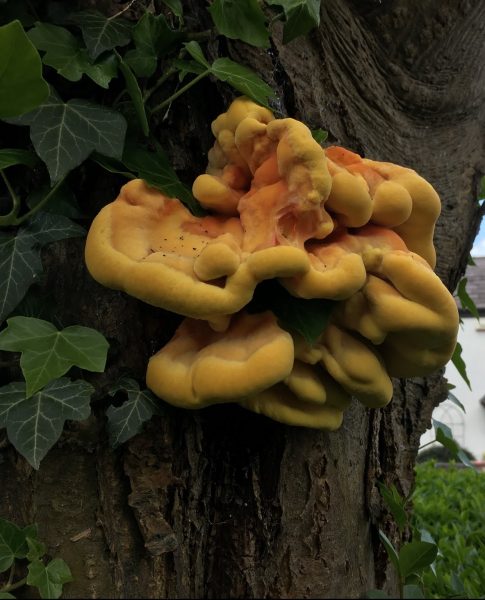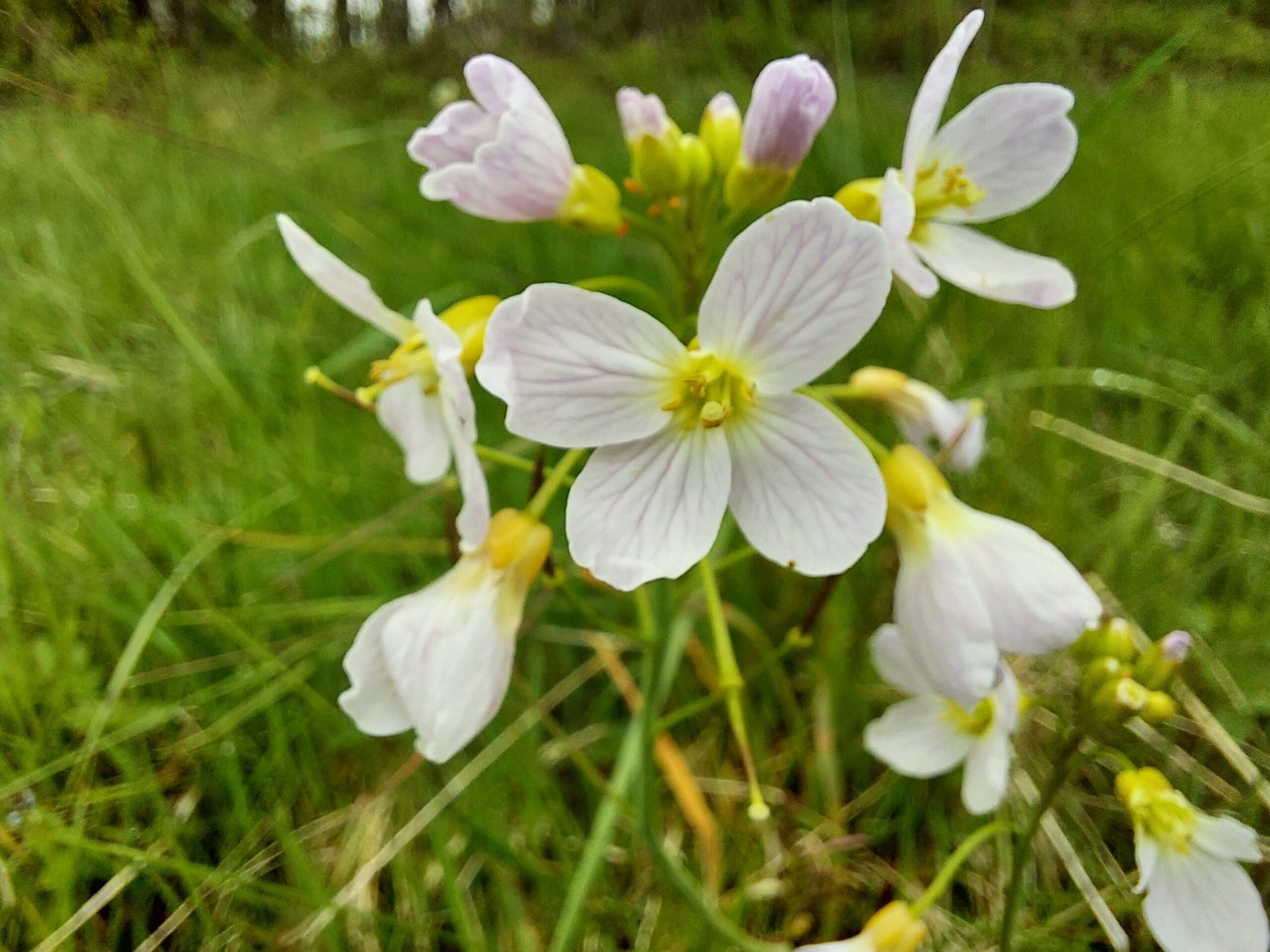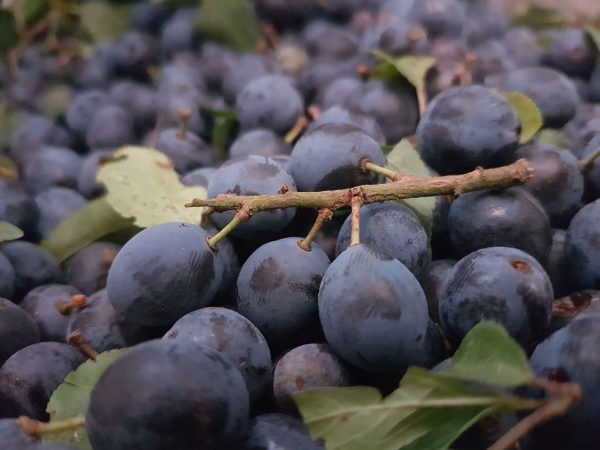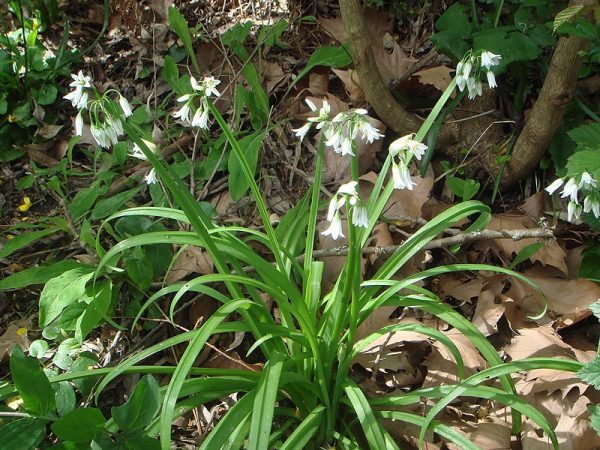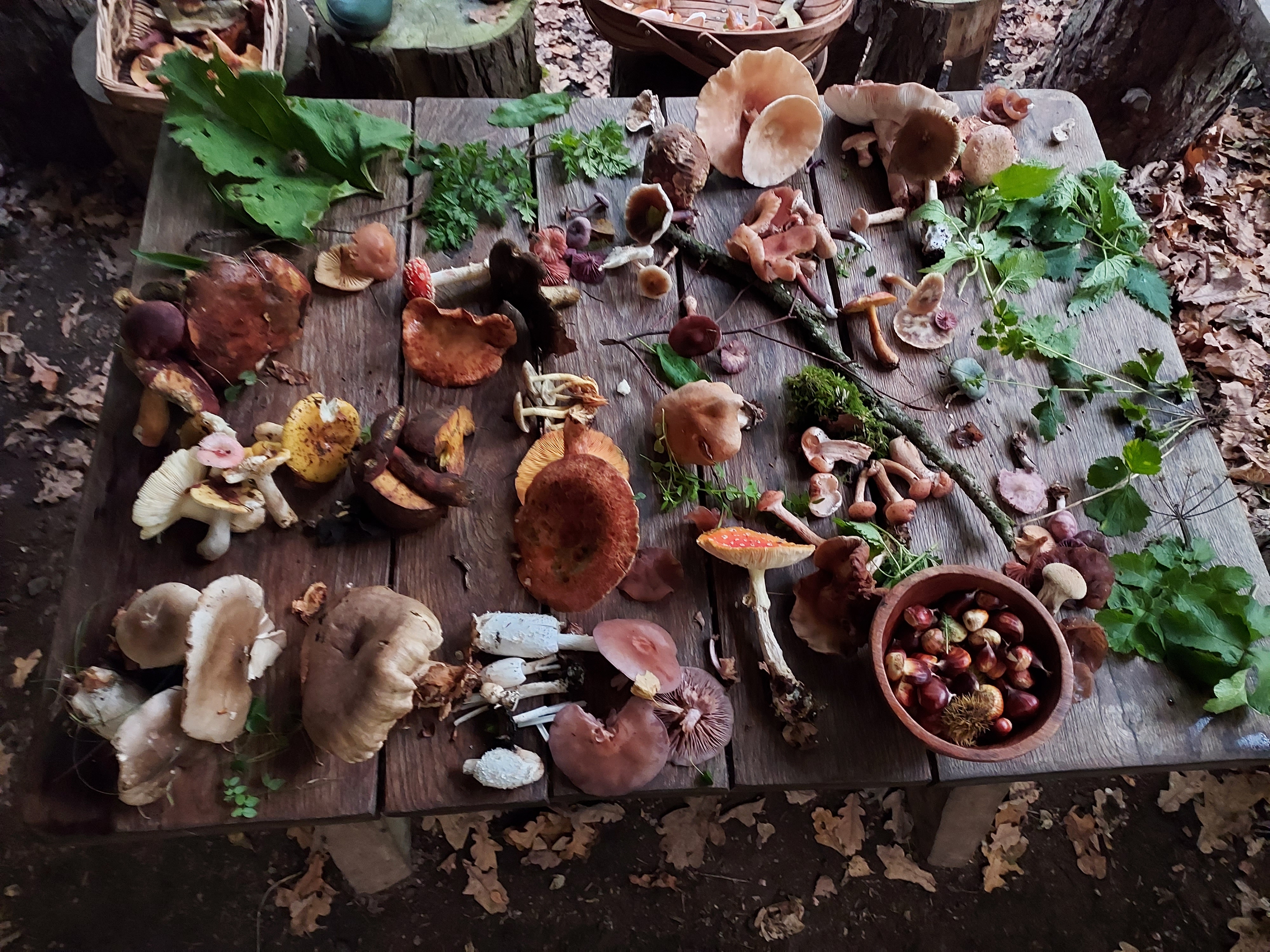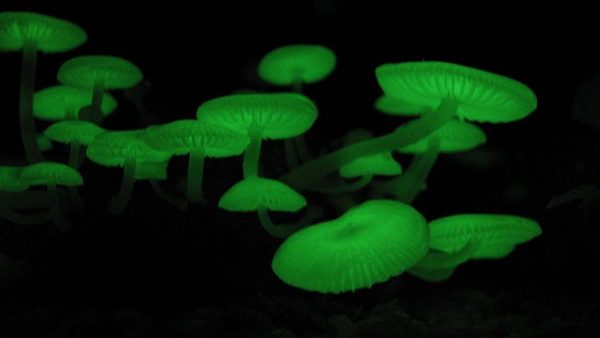Foraging in September is brilliant, September marks the end of summer and the beginning of autumn, it’s the month for berries, nuts and seeds. The wetter weather also marks the beginning of ‘mushroom season’ and you’ll see fungi springing up almost everywhere you look. So what can you forage in…



